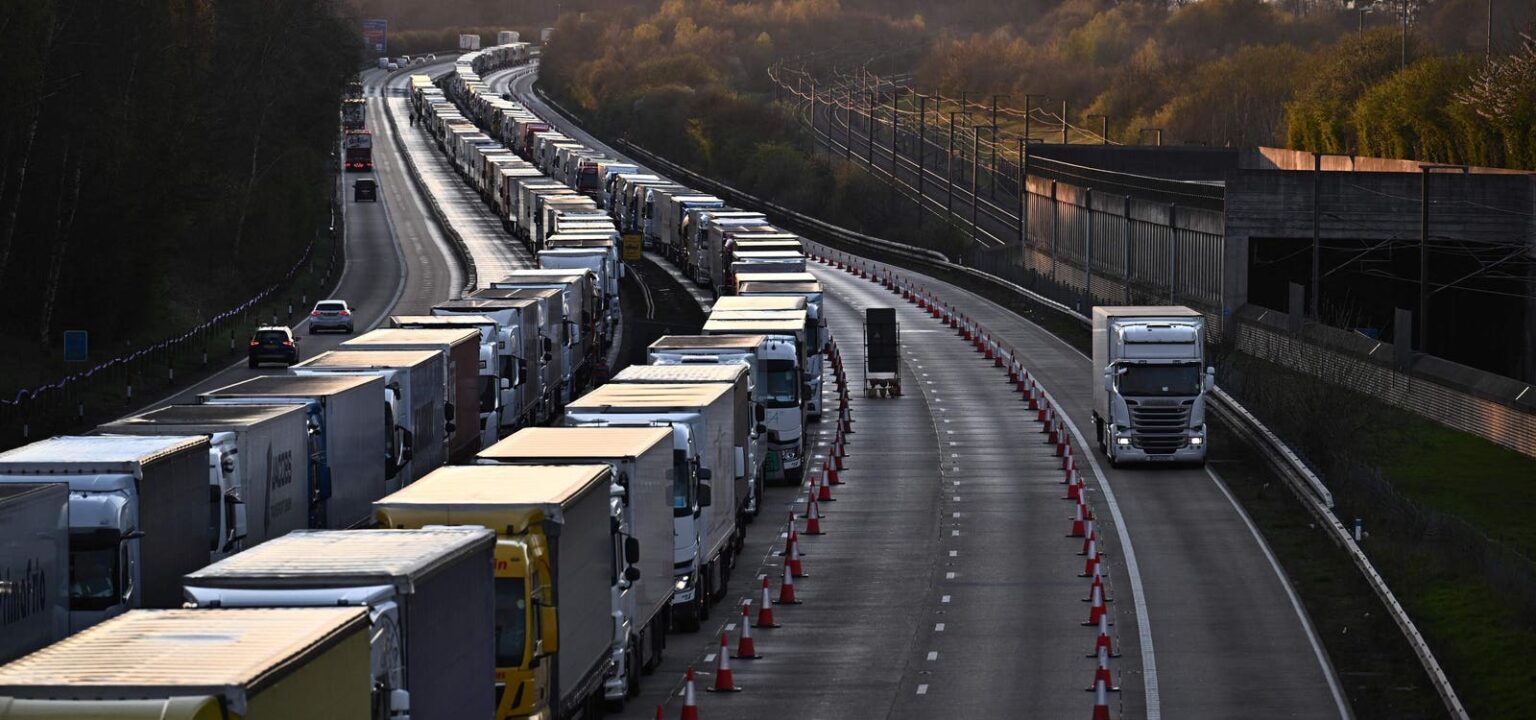Video telematics solutions are transforming safety in the road haulage sector, helping drivers to shed bad habits, avoid accidents and even to make insurance claims. But the mass adoption of video brings its own challenges, with commercial vehicle fleet managers often required to store and review hundreds of hours of footage. Now, LightMetrics, a Californian start-up that is one of the pioneers in the sector, is unveiling a new video compression technology it hopes will help.
Forbes first met LightMetrics in April 2023, revealing the details of its $8.5 million funding round. Since then, the company has grown rapidly, with its technology now installed in more than 100,000 trucks in more than 4,000 fleets globally. “Video telematics has become the norm,” says Soumik Ukil, co-founder and CEO of the company. “There are now vehicles on all six continents running our technology, and we’re currently running pilot projects in countries as far apart as Burundi and Papua New Guinea.”
LightsMetrics’ RideView technology adds a dashcam to a truck’s standard telematics package, with a camera that monitors both the driver and the road ahead. The video feed can be matched to the truck’s telematics data, providing a far richer understanding of the driver’s behaviour, including monitoring for problems such as speeding or a lack of attention. It also provides vital evidence if there is an accident.
Ukil is delighted with the company’s growth, which saw it break into profit last year, but as is often the case with new technologies, rapid adoption has created new problems. In particular, conventional video storage technologies effectively only allow for companies to store 55 hours of footage before new video is recorded over the top. That doesn’t always give fleet managers the time they need to make good use of the video; they may not even become aware of a problem such as a small accident in time to review footage before it is deleted.
“Understandably, customers don’t want to pay a fortune to keep buying ever more storage,” explains Soumik Ukil, co-founder and CEO of LightMetrics. “So our question was whether we could use artificial intelligence to tackle that problem.”
The answer has proved to be yes. One breakthrough for LightMetrics has come from the use of neural networks in video compression techniques. Using the training data it has amassed from customers’ footage, LightMetrics has been able to teach an AI model to examine video in order to identify irrelevant periods of footage – long stretches of road where nothing happens, say. This part of the video can then be compressed to a much greater extent, freeing up storage space.
The results are significant. Using this technology extends standard storage times by two to two-and-a-half times, says Ukil. In other words, fleet managers can access up to 140 hours of footage. “Usuially, that means they’ll be able to back several weeks if they need to,” Ukil explains. “All of the footage is still available at exactly the same quality.”
Ukil also points to another area where AI can help customers. “We can also teach the model to direct managers to the incidents in the footage that they most need to review,” he explains. “No-one has the time to wade through hundreds of hours of footage to check everything.”
In the short term, LightMetrics’ plan is to offer the new video compression technology as an optional extra to customers, though Ukil argues that since their data storage costs will come down as a result of using this technique, they’ll actually be better off overall. Looking further ahead, the business may be able to license the technology to other businesses – including in other sectors.
The home security industry is one obvious customer, given the growing number of households now using video to monitor their properties. An AI model would need to train on footage from domestic security cameras in order to learn how to apply the same compression principles to this video, but doing so could enable homeowners to keep much more footage.
Read the full article here











